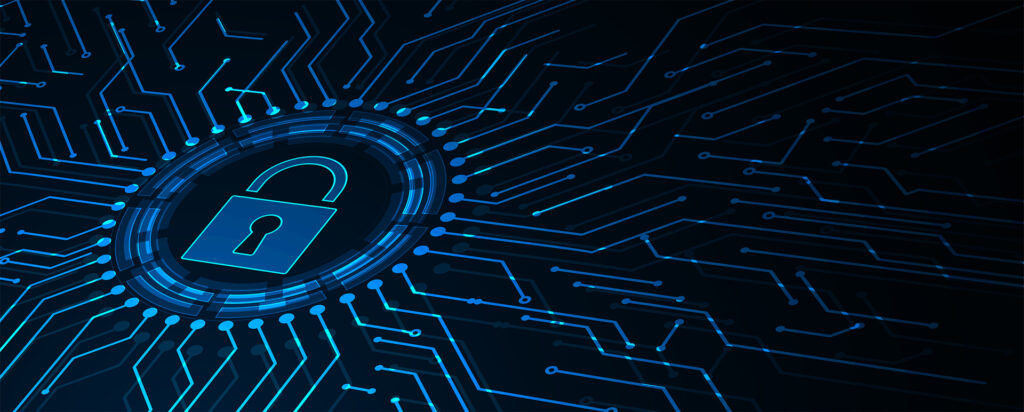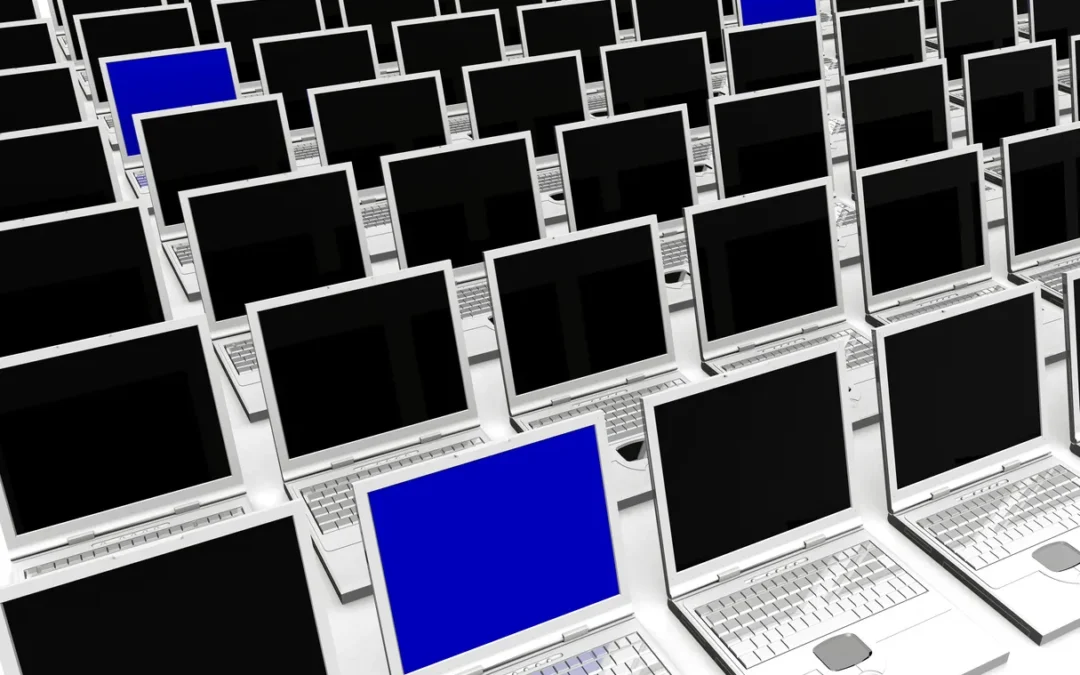In today’s digital world, staying competitive means staying up to date with technology. For many organisations, however, legacy IT infrastructure is holding them back, impacting productivity, efficiency, and even security. Refreshing legacy IT equipment isn’t just about getting the latest hardware; it’s about optimising business performance, reducing operational costs, and enhancing data security. Here’s why upgrading legacy systems and implementing a robust IT Asset Disposition (ITAD) strategy is essential for modern businesses.
Why Refresh Legacy IT Equipment?
Enhanced Productivity and Efficiency
Using outdated IT equipment can seriously impact productivity. Modern IT infrastructure offers faster processing speeds, better connectivity, and greater storage capacity, allowing employees to work more effectively. Refreshing legacy systems minimises downtime and supports smoother workflows, which is essential for optimising productivity in today’s fast-paced business environment.
Reducing Maintenance Costs and Downtime
Maintaining older systems can be both time-consuming and costly. Legacy IT equipment often requires frequent repairs, and sourcing parts for outdated systems can be expensive. By upgrading, organisations can reduce maintenance expenses and take advantage of energy-efficient technology that cuts power costs. Over time, this leads to significant operational savings, boosting overall ROI.
Improving Data Security
Cybersecurity threats are ever-evolving, and legacy systems can leave businesses exposed to data breaches and other cyber risks. Newer IT equipment incorporates enhanced security features, such as hardware-based encryption and multi-factor authentication. Refreshing IT assets allows businesses to comply with the latest data protection regulations and reduces the likelihood of data breaches.
Enabling Scalability and Supporting Future Growth
Legacy IT systems can be restrictive, limiting scalability and creating bottlenecks that hinder growth. Upgrading IT infrastructure provides a flexible, scalable foundation that supports future expansion. This is crucial for businesses adopting advanced technologies, such as AI, IoT, and automation, which are increasingly necessary for maintaining a competitive edge.
The Importance of IT Asset Disposition (ITAD)
Upgrading IT infrastructure brings questions of disposal and reusability for old assets. Here’s where a sustainable ITAD strategy comes into play. IT Asset Disposition (ITAD) is more than just disposal; it’s a holistic approach to handling legacy equipment that maximises value, supports redeployment, and prioritises sustainability.
Maximising Value Through a Tiered ITAD Approach
ITAD enables businesses to recover value from legacy assets. High-value items can be refurbished for resale, generating additional revenue and reducing the total cost of ownership. By adopting a tiered ITAD model—such as Essential, Enhanced, and Elite tiers—businesses can implement tailored asset recovery strategies, maximising the value of their assets in line with business goals.
Redeployment and Repurposing for Cost Savings and Sustainability
Not every asset needs to be discarded. Redeploying legacy IT equipment within the organisation or repurposing it for less intensive tasks can extend the lifespan of assets, allowing businesses to save on the costs of purchasing new equipment. For assets that are no longer needed internally, donating or redeploying them externally can also be an effective CSR initiative. Redeployment helps companies save money and reinforces their commitment to sustainability.
Supporting Corporate Social Responsibility (CSR) Goals
ITAD supports organisations’ CSR initiatives by promoting sustainability and reducing environmental impact. Many companies now include ITAD in their sustainability policies to align with their environmental, social, and governance (ESG) goals. Sustainable ITAD practices, such as repurposing, refurbishing, and recycling, allow organisations to minimise waste and reduce their carbon footprint. This is a positive step in building brand reputation and fostering client trust.
Minimising Environmental Impact with Sustainable ITAD
E-waste is a growing concern, with millions of tonnes of electronics disposed of each year. By focusing on sustainable ITAD practices, businesses can ensure that their assets are disposed of responsibly. This includes recycling parts, safely disposing of hazardous materials, and reselling or donating usable equipment. A responsible ITAD partner can help businesses meet regulatory compliance requirements and make meaningful contributions to environmental sustainability.

Ensuring Data Security Throughout the ITAD Process
When handling legacy equipment, data security is paramount. Certified data erasure and physical destruction services ensure that sensitive data is completely removed, protecting the business from potential data breaches. Partnering with a reliable ITAD provider helps businesses stay compliant with data protection regulations while securely managing legacy assets.
Conclusion: Future-Proofing Your Business with IT Refreshes and ITAD
Refreshing legacy IT equipment is a strategic move that enables businesses to stay productive, secure, and agile. Paired with a robust IT Asset Disposition strategy, refreshing IT assets creates additional value, supports sustainable practices, and contributes to brand integrity. By implementing a comprehensive, tiered ITAD approach, businesses can optimise asset recovery, reduce costs, and meet CSR goals.
In a rapidly evolving digital landscape, upgrading legacy infrastructure is essential to keeping pace with industry advancements. Businesses that prioritise sustainability, security, and scalability are not only optimising operations—they’re setting themselves up for long-term success in an increasingly competitive market.
Take the Next Step with Astralis
Ready to maximise the value of your IT assets, boost sustainability, and stay ahead in a fast-changing digital landscape? Let Astralis guide you through a smarter approach to IT lifecycle management.
Request your secure IT asset disposal quote today and discover how our tailored IT Asset Disposition solutions can support your compliance needs and maximise value recovery.



